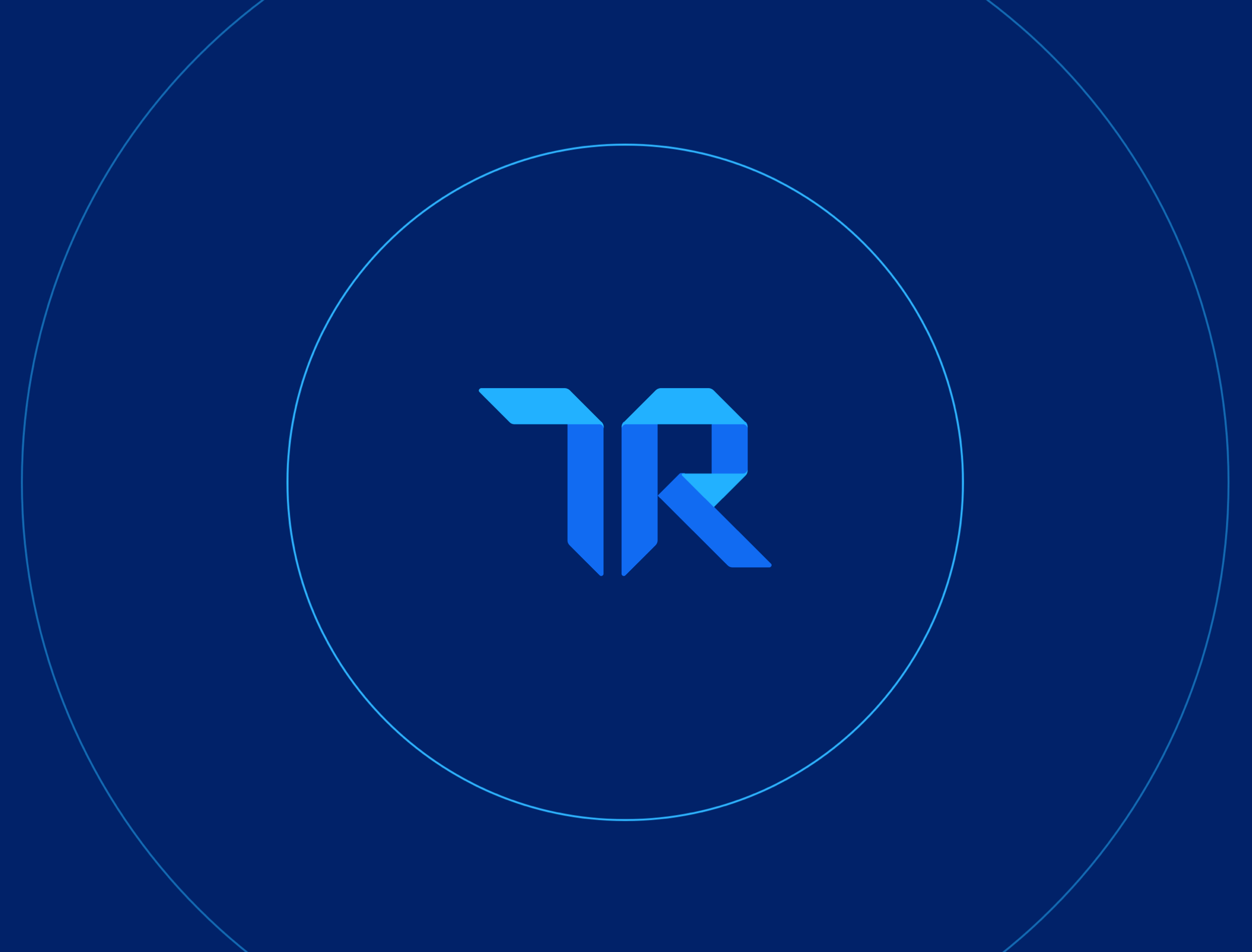The Best Free Digital Experience Platforms in 2022
If you’re still using a static content management system (CMS) for digital content delivery, you’re getting left behind. Digital experience platforms (DXP) allow you to create the seamless, personalized experiences your customers expect. The best DXP solutions help you elegantly align content, user data, and analytics.
As useful as DXPs are, their cost can be prohibitive. We have selected three products with free, open-source options that give you the benefits of DXP on a budget. Depending on your needs, you can work within these limitations to get the benefits for free. You won’t need to rely on vendor-led demos or free trials, which push you towards the paid product.
| Product | Pros | Cons | Notable Features | Best For |
| Pimcore | All core DXP features for free Extensions add extra features | You may have to search for or build the extensions you need Community extensions aren’t guaranteed to stay up-to-date | Flexible and modular, able to fit many different use cases Free demo available online | Managing and using lots of product data alongside customer data |
| Jahia DXP | Lots of templates and guided tutorials30-day free trial of full platform | Free edition excludes personalization and A/B testing Free edition is limited to 1 site with 25 concurrent visitors | Out-of-the-box support for mobile apps and multi-channel deployment Customizable data connectors | If you’re not sure if you need a full DXP feature set and want to test the waters |
| Liferay DXP | All core DXP functions for free In-depth documentation and tutorials | Requires technical expertise to use effectively | Native support for knowledge bases and forums Integrated eCommerce module | Creating self-service resources for employees or customers |
What Are Digital Experience Platforms?
The goal of a DXP is to deliver unified, personalized, branded experiences along the entire customer journey. If your resources are siloed and disconnected from customer data, this is a nigh-impossible task. A visit to your website should feel the same as a visit to your app. A marketing email should suggest personalized deals and include customer-specific branded images.
To achieve this goal, a DXP unites several tools into one ecosystem. A DXP isn’t a completely new technology or concept. It’s the product of existing systems working in harmony. You can even assemble your own DXP from third-party microservices!
The pillars of digital experience are content management, data management, analytics, and delivery. A headless CMS contains branded content delivered through APIs. Data management tools collect customer data from various sources. Real-time analytics help you optimize conversion rates and understand customer behavior. Omnichannel delivery tools keep the customer experience consistent across touchpoints. Together, these and other tools form a DXP, like a user experience Voltron.

For more details, check out our recent breakdown of digital experience solutions in their many forms.
The 3 Best Open-Source Digital Experience Platforms (DXP)
Pimcore
Pimcore is a highly customizable DXP with a strong open-source community. Alongside a headless CMS, Pimcore includes tools for analytics, workflows, multi-channel delivery, and product information management (PIM). It also includes a WYSIWYG (what you see is what you get) editor for web content with built-in personalization tools. Pimcore’s modular system can be tailored to your needs. They include optional modules for eCommerce, master data management (MDM), and customer data.
If that’s not enough, the Pimcore Marketplace offers a plethora of open-source extensions created by Pimcore’s team and the community. These extensions range from simple number sequence generators to full toolkits for permissions or CRM. Pimcore is designed to be modular and customizable to your specific experience management needs. It’s more of a Potato Head than a Voltron.

Pimcore’s user interface is user-focused and polished. The Community Edition includes all core features and has no limitations on data or users. Community users miss out on service level agreements, professional services, and enterprise-specific extensions. For the price of “free,” that’s a pretty sweet deal.

Jahia
Jahia’s DXP comes from the integration of their jContent, jCustomer, and jExperience products. jContent is a traditional CMS with design, testing, and publishing features. jCustomer is a customer data platform with user profiling, visitor data, and analytics tools. At the top of the stack, jExperience uses this data to model behaviors, run A/B testing, and personalize multi-channel content. Jahia’s DXP diagram illustrates their platform structure:

Built for the cloud, Jahia is aimed at users that don’t want to manage an on-premise installation. Its open integration standard is designed to make the platform adaptable to any data source, present or future. They include pre-built templates for sites and apps, along with guided tutorials to get new users started quickly.
Jahia offers a free enterprise license, but it’s severely limited. Free users can only create one site, and that site can only handle 25 concurrent authenticated users. Most critically, the free license excludes jExperience. You won’t be able to use Jahia’s personalization and A/B testing features, arguably core DXP requirements. Jahia without jExperience is like Voltron without a sword.

Jahia offers a 30-day free trial of their SaaS product. This trial includes jExperience, so it’s a good way to test the platform out. You could switch to Jahia’s free license if you discover that you don’t need jExperience. If you need a fully-featured DXP for free, you’ll have to turn elsewhere.
Liferay
Liferay Portal CE is a free DXP and web portal tool that highlights its customer self-service features. It positions itself as a solution for customer knowledge bases, forums, and more.
Liferay Portal includes all the features you’d expect from a DXP. You can personalize content, segment audiences, and perform testing and analytics. Liferay Portal also includes search, content management, and recommendation engines. It comes bundled with Liferay Commerce, making it a great option if you need eCommerce features.
Liferay Portal CE is available for free with no listed usage limitations. Liferay’s extensive documentation can walk you through setting up your first site and navigating the platform. If you like the platform but need additional support and services, Liferay DXP is a paid offering with enterprise support.
Building Your Own Digital Experience Platform
A DXP is essentially just a combination of existing technologies. Cost-conscious customers can construct a DXP from third-party components. Sites like Build Your DXP (maintained by GraphCMS) catalog microservices by category and explain their role in a DXP. There are far too many to list in a single article, but it’s a good place to look if you want to explore a hands-on DXP approach.
If you choose this route, make sure your DXP tools are tightly integrated and aligned to your business needs. Otherwise you’ll end up with less of a Voltron and more of… whatever this thing is.

Finding Your Voltron
If you’re still looking for the right DXP for you, check out our full listing of DXP software. If you’re more interested in the DIY approach, start by picking a headless CMS platform and integrating it with a personalization engine.
If you’ve used any of these platforms, please leave a review! Your experience can help others find the giant robot they’ve been looking for.
Was this helpful?

Looking for your next DXP software? Click here to read REAL reviews from users like you!
